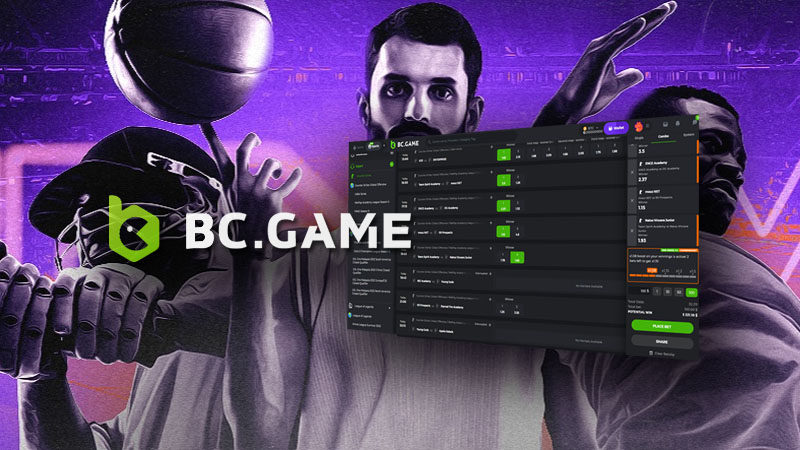Mobile App for Android and iOS

Mobile App for Android and iOS: The Future of Mobile Technology
In recent years, the mobile app market has exploded, with millions of applications available for both Android and iOS platforms. As technology evolves, so do the capabilities and functionalities of mobile apps, making it essential for developers and businesses to stay updated on the latest trends. One exciting development in this sphere is the emergence of engaging gaming applications. For instance, you can explore the Mobile App for Android and iOS bc game for iphone that brings a unique gaming experience to your fingertips. This article will delve into the essentials of mobile app development, the nuances between Android and iOS platforms, and what to consider when launching a mobile app.
Understanding the Mobile App Ecosystem
The mobile app ecosystem is a fusion of various components that work together to deliver seamless user experiences. Key elements include application stores, development frameworks, and user data analytics. Both Android and iOS offer robust app stores—Google Play Store and Apple App Store, respectively—serving as the primary distribution channels for apps.
App Development Frameworks
When it comes to app development, choosing the right framework is crucial. Developers have several frameworks at their disposal, including native, hybrid, and cross-platform frameworks. Native apps are built specifically for one platform, utilizing platform-specific languages (Java/Kotlin for Android and Swift/Objective-C for iOS). On the other hand, hybrid apps use web technologies wrapped in a native shell, while cross-platform frameworks like Flutter and React Native allow for single-codebase deployment across platforms.
Key Differences Between Android and iOS
While both Android and iOS platforms have their strengths, notable differences influence app development strategies.
User Interface (UI) and User Experience (UX)

iOS apps generally adhere to stricter design guidelines, promoting consistency and elegance. Android provides more flexibility in UI design but may lead to a fragmented user experience across various devices and screen sizes.
Development Tools and Languages
As mentioned, Android development is primarily done in Java or Kotlin using Android Studio, while iOS development involves Swift or Objective-C with Xcode. Understanding these tools is essential for developers to create efficient apps tailored to each platform.
Market Share and Audience
The target audience plays a significant role in deciding the platform for launching an app. Android leads the global market share, providing a larger audience, especially in regions like Asia and Africa. iOS users, however, are known for higher spending, making it an attractive option for businesses aiming for profitability.
App Monetization Strategies
Monetizing a mobile app can be achieved through various strategies. Some common methods include:
- In-app Purchases: Offering premium content or features within the app.
- Subscription Models: Charging users a recurring fee for access to the app’s features or content.
- Advertisements: Displaying ads within the app for revenue generation.
- Freemium Model: Providing a basic version for free while charging for advanced features.
Top Features to Consider When Developing a Mobile App

In a competitive market, incorporating certain features can significantly enhance an app’s appeal:
- User Authentication: Allow users to register and log in securely.
- Push Notifications: Keep users engaged with timely updates.
- Social Media Integration: Enable users to share content easily.
- Analytics and Tracking: Monitor user behavior and app performance for improvements.
- Offline Support: Make app functionality available even without internet access.
Testing and Quality Assurance
Before launching an app, thorough testing is crucial. Different testing methods should be employed, including functional testing, performance testing, and usability testing. Both Android and iOS have their specific requirements, and simulators or physical devices should be used to ensure compatibility across various devices.
The Launch Phase
Launching an app requires a well-crafted marketing strategy. Building excitement through social media, influencer partnerships, and pre-launch campaigns can significantly boost initial downloads. After release, gathering user feedback is essential for ongoing improvements and updates.
The Future of Mobile Apps
As we look ahead, the future of mobile apps is poised for exciting transformations. Technologies like Artificial Intelligence (AI), Machine Learning (ML), and Augmented Reality (AR) are expected to play pivotal roles in shaping app functionalities. Developers who embrace these innovations will likely stay ahead in a fast-evolving market.
Conclusion
The mobile app landscape is ever-changing, and staying informed about trends and technologies is essential for success. Whether developing for Android or iOS, understanding best practices, user preferences, and effective monetization strategies can lead to a successful app that resonates with users. As the mobile experience continues to redefine personal and professional interactions, commitment to innovation will be key in navigating the evolving digital journey.
